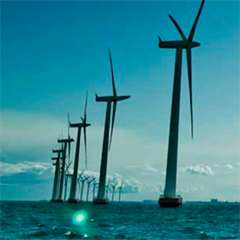When wind farms change owners, detailed expertise is in high demand; these projects may involve specific risks that – although not immediately apparent – may result in higher costs, lower energy production than predicted, or liability issues that affect returns on investment and cash flow. It is therefore vital to identify potential risks in advance and minimise them or factor them in appropriately.
Issues that count in practice.
In recent years, the establishment and expansion of renewable power generation capacities in the onshore wind energy sector has increasingly moved into the focus of many investors, including municipal utility companies.
Comprehensive due diligence is a cornerstone of acquisition ventures, enabling potential risks to be identified and appropriately considered – an essential step given that unidentified risks can endanger profitability and thus the success of the project.
When existing wind farms are sold or discussed as investments, the same questions often recur. How much energy does the wind farm actually produce? What is the availability of the turbines? Thorough review of the service data and reports are imperative in assessing the performance of an existing wind farm. By following this approach, shortcomings in operational management or errors in turbine control that reduce energy yield can be identified at an early stage (e.g. insufficient wind direction alignment, capacity reduction in the network, low availability caused by technical defects). Once these flaws are out in the open, turbine operation can frequently be optimised by applying a professional asset management approach.




























